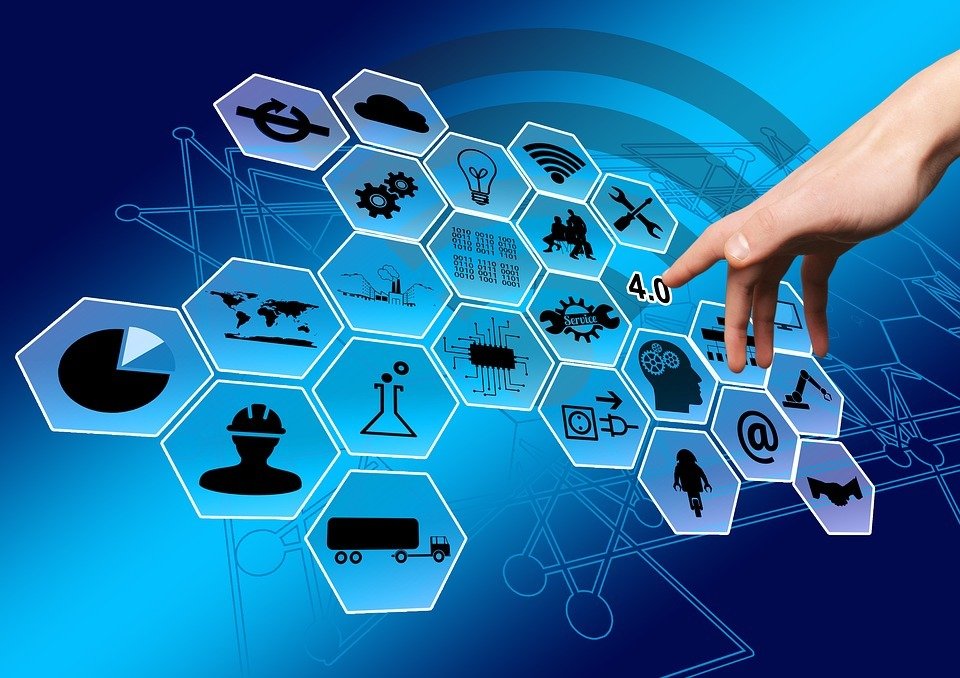5 Interesting Emerging Technologies

Here are 5 interesting emerging technologies to watch out for in the coming years…
1. Autonomous Things (AuT).
– Things that function and work autonomously without any human intervention or direction. Example: Driver-less cars (self-driving cars) capable of moving safely with very little or no human intervention by sensing its surroundings and environment.
AuT technologies share many common traits, which justify the common notation. They are all based on recent breakthroughs in the domains of (deep) machine learning and artificial intelligence. They all require extensive and prompt regulatory developments to specify the requirements from them and to license and manage their deployment. And they all require unprecedented levels of safety (e.g., automobile safety) and security, to overcome concerns about the potential negative impact of the new technology.
2. Human Augmentation (Multiexperience).
– Integrating Mixed reality (MR), Augmented Reality (AR) and Virtual Reality (VR) to enhance peoples’ physical and cognitive experiences. Machines react by seeing. The human augmentation market is attracting media because it can let us become “superhumans,” or Human 2.0. With advances in brain-computer interfaces, we are approaching augmented human intelligence. But not all forms of human augmentation technology will grant us “superpowers.”
3. Serverless Computing.
– Serverless computing is a cloud computing execution model in which the cloud provider allocates machine resources on demand, taking care of the servers on behalf of their customers. “Serverless” is a misnomer in the sense that servers are still used by cloud service providers to execute code for developers.
AWS offers technologies for running code, managing data, and integrating applications, all without managing servers. Serverless technologies feature automatic scaling, built-in high availability, and a pay-for-use billing model to increase agility and optimize costs. These technologies also eliminate infrastructure management tasks like capacity provisioning and patching, so you can focus on writing code that serves your customers.
4. Hyperautomation.
– Applying advance technologies like machine learning, artificial intelligence, RPA to automate complex tasks and take automation to a whole new level which can be more impactful than conventional automation methods and capabilities. To put it simply, hyperautomation is the mix of automation technologies and artificial intelligence that, when combined, augment humans’ capabilities, allowing them to complete processes faster, more efficiently, and with fewer errors.
5. Edge Computing.
– Distributed computing model, bringing data and computation storage closer to the location where it is really needed to save response time and bandwidth. Edge computing is a distributed computing paradigm that brings computation and data storage closer to the sources of data. This is expected to improve response times and save bandwidth. It is an architecture rather than a specific technology. It is a topology- and location-sensitive form of distributed computing.



